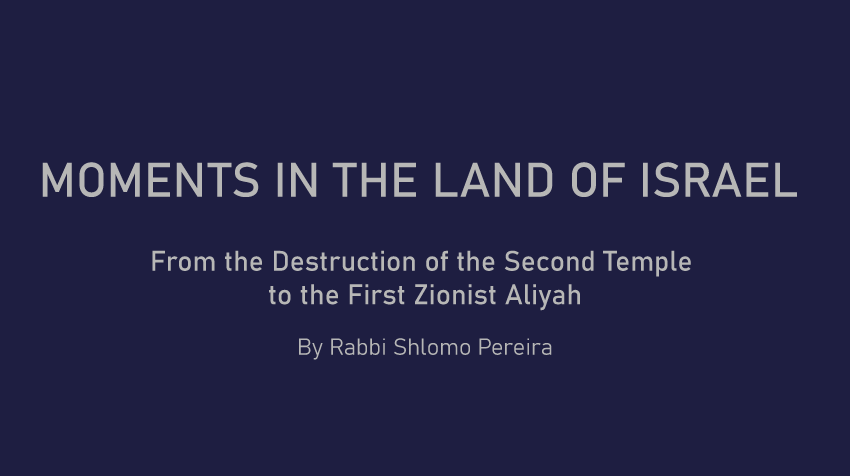Highlighting the permanent Jewish presence and the relevance of Jewish contributions in Eretz Israel as well as the continuous connection between Diaspora Jews and Eretz Israel throughout the centuries between the Destruction of the Second Temple and the onset of modern Zionism, through a series of one-page notes distributed weekly.
DID YOU KNOW THAT... the Great Sanhedrin, the supreme institution of the Jewish People in the Land of Israel, was effectively targeted for elimination after the Roman Empire adopted Christianity as its official religion in 380? Christianity become an officially accepted religion under the Edict of Milan of 313. This edict co-sponsored by western emperor Constantine I [ruled: 306-337] and eastern counterpart Licinius [ruled: 308-324] also protected freedom of other religious practices, including of Judaism. Things changed fundamentally with the Edict of Thessalonica of 380 jointly issued by Gratian [ruled: 367-383] emperor of the West and Theodosius I [ruled: 379-395] emperor of the East, which designates Christianity as the official religion of the Roman Empire. After over 300 of declining power in the aftermath of the destruction of the Second Temple and after having successively moved to a number of different locations, the Sanhedrin was now effectively targeted for extinction. Any form of Jewish power in general, and the position of the Nasi and its Davidic lineage in particular, were fundamental challenges for Christian dogma and self-perception. As such, emperor Theodosius I, during the leadership of Gamliel V [ruled: 365-385], forbade the Sanhedrin to assemble. More importantly, he made classical rabbinical ordination illegal under penalty of death for anyone receiving ordination and of destruction for the town where it occurred. This was a far-reaching prohibition as classical ordination was a prerequisite for serving in the Sanhedrin. Gamliel V was succeeded by his son Yehudah IV [ruled: 385-c.400] and then by his grandson Gamliel VI [ruled: c.400-425]. With the death of Gamliel VI in 425, emperor Theodosius II [ruled: 402-450] outlawed the title of Nasi, diverted the special tax collected to finance the Sanhedrin to the coffers of the empire, and ordered the Sanhedrin to surrender all other funds it collected to finance its activities. These actions effectively resulted in the extinction of the Great Sanhedrin. With it disappeared any vestige of centralized Jewish leadership in the Land of Israel.


































